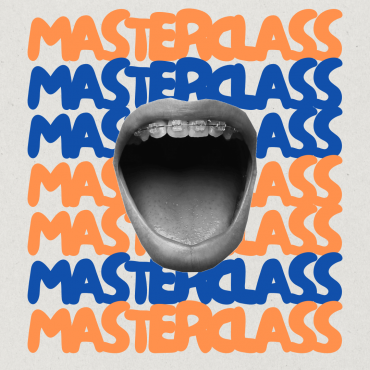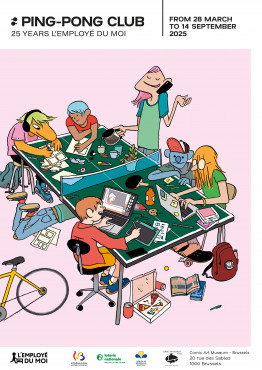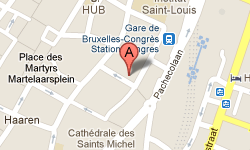The great temporary exhibitions
15.06.10 > 09.01.11
The studio of Franquin, Jijé, Morris and Will
This exhibition, initiated by Isabelle, André Franquin’s daughter, and with the support of the artist Frédéric Jannin is neither an exhaustive record nor an informative account of La Bande des Quatre. Rather, it is a declaration of love.
-
 L’atelier de Franquin, Jijé, Morris et Will
L’atelier de Franquin, Jijé, Morris et Will
-
 L’atelier de Franquin, Jijé, Morris et Will
L’atelier de Franquin, Jijé, Morris et Will
-
 L’atelier de Franquin, Jijé, Morris et Will
L’atelier de Franquin, Jijé, Morris et Will
-
 L’atelier de Franquin, Jijé, Morris et Will
L’atelier de Franquin, Jijé, Morris et Will
-
 L’atelier de Franquin, Jijé, Morris et Will
L’atelier de Franquin, Jijé, Morris et Will
-
 L’atelier de Franquin, Jijé, Morris et Will
L’atelier de Franquin, Jijé, Morris et Will
-
 L’atelier de Franquin, Jijé, Morris et Will
L’atelier de Franquin, Jijé, Morris et Will
-
 L’atelier de Franquin, Jijé, Morris et Will
L’atelier de Franquin, Jijé, Morris et Will
By means of rare documents and evocative presentation, it reflects a simple desire to portray a creative spirit made up of influences, dialogues and humour, that spirit which transformed a peaceful family home in Waterloo into a studio bubbling over with ideas, the very
melting pot of modern comic strip art.
Belgium, famous for its beer, chocolate, waffles and surrealism, is especially renowned as the birthplace of the legendary Franco-Belgian comic strip. What can explain the fact that so many talented and unforgettable characters emerged from what is, when all is said and done, quite a small country? Two words, namely Tintin and Spirou. After the Second World War, these two comic magazines enjoyed considerable success and created an enduring climate of artistic emulation.
At Tintin, Georges Remi, alias Hergé, was a powerful artistic director who compelled all the artists on his Brussels-based magazine to create comic strips in his particular drawing style: clear, strong lines, serious, informative and well-documented. And when Hergé engaged a comic strip artist in his studio, he was expected to leave his own ego behind and serve his work, the adventures of Tintin.
At Spirou, Joseph Gillain, alias Jijé, proved quite the opposite of Hergé. A real jack-of-all-trades on the magazine published in Marcinelle, a suburb of Charleroi, he was certainly exacting, but he never forced anyone to copy his style. And instead of engaging assistants for his own benefit, he helped them find their own style and encouraged them along the road to their own success.
At the beginning of 1947, an apprentice comic strip artist, Willy Maltaite, who signed himself Will, was staying at Jijé’s house in Waterloo. Jijé soon invited André Franquin and Morris (Maurice De Bevere) as well. This association lasted for several months and was extended further by a trip to America. Comic strip historians named Jijé, Franquin, Morris and Will La Bande des Quatre (the Gang of Four), a nickname worthy of a group of gangsters! But in fact, this foursome, far from committing any crime, quietly revolutionised the way of creating comic strips in Europe.
Hugues Dayez












